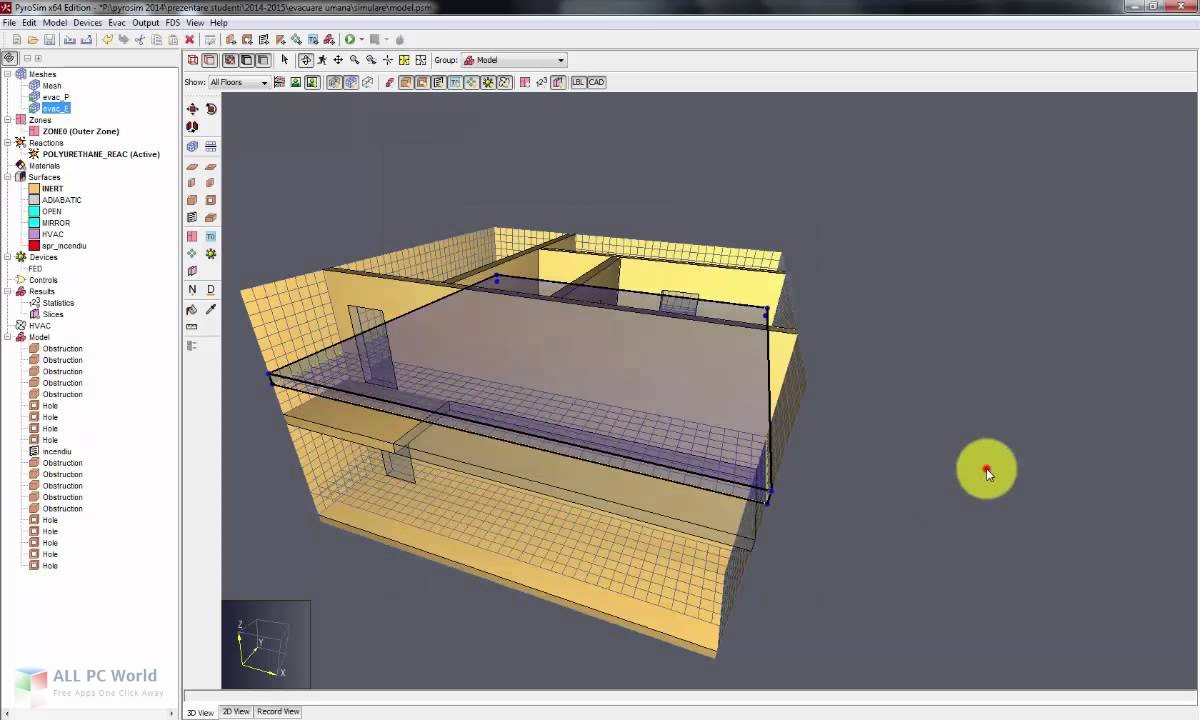

Temperature output throughout the first half of their life. Range under Density to 0.5-1, so that reactants generate a Chapter 8 draws conclusions of the observed performance of each of the three computational methods with recommendations for future work. Assuming flame isīeing sourced with a value of 1, you can accomplish this by setting the Flame Increase temperature (enable Emit Temperature from Flame on the Fields tab to affect the temperatureĬause expansion (enable Flame Expansion on the Shape tab to affect the divergence field).Īdditionally, flame can be used as the Emission Field for visualization of fire.įor example, you may want reactants that release a lot of temperature as theyĪre “young”, then start emitting soot as they are used up. Depending on how close reactants are to depletion, they canĮmit soot (enable Emit Density from Flame on the Fields tab to affect the density field), This field is replenished through sourcing, and the solver takes care of reducing its values and generating the desired outputs. The flame field stores the remaining lifetime of reactants (such as fuel) that are transported by the flow. Additionally, the collider must be converted into a signed distance field (called collision) and a velocity field ( v). A frame range needs to be specified for both, and the solver will loop these input sources throughout the simulation. Sourcing and collider support are more restricted. The solver will not dynamically substep based on the CFL Condition. alternative is PyroSim which is a graphical user inter. A static size needs to be set under the Bounds tab. 3D building models and fire egress behaviour from fire evacuation simulations into a game engine.

Only a dense simulation can be performed.ĭynamic resizing of the container is turned off.
#Draw cylinder in pyrosim software#
be equalised on the drawing software in Pyrosim to create FDS input les. This means that you cannot scrub the timeline to view saved results. FDS utilises Large-Eddy Simulation (LES) with a FDS Lagrangian particle model.

Some features of the solver are turned off to to ensure that all simulation data can stay in video memory, avoiding costly copies that are necessary when only Use OpenCL is turned on, this imposes the following limitations: This is useful for very rapid prototyping, and allows for interactive manipulation of parameters during a running simulation, which can give you quick feedback of their effects on the simulation.


 0 kommentar(er)
0 kommentar(er)
